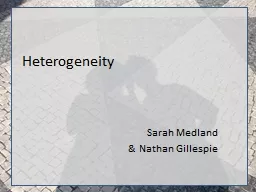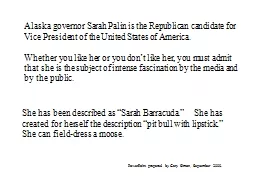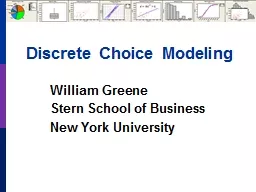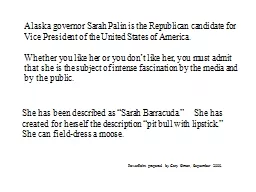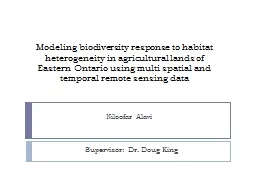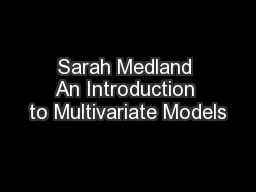PPT-Heterogeneity Sarah Medland
Author : phoebe-click | Published Date : 2018-03-11
amp Nathan Gillespie Types of Heterogeneity Terminology depends on research question Moderation confounding GxE Systematic differences Measured or Manifest moderatorconfounder
Presentation Embed Code
Download Presentation
Download Presentation The PPT/PDF document "Heterogeneity Sarah Medland" is the property of its rightful owner. Permission is granted to download and print the materials on this website for personal, non-commercial use only, and to display it on your personal computer provided you do not modify the materials and that you retain all copyright notices contained in the materials. By downloading content from our website, you accept the terms of this agreement.
Heterogeneity Sarah Medland: Transcript
Download Rules Of Document
"Heterogeneity Sarah Medland"The content belongs to its owner. You may download and print it for personal use, without modification, and keep all copyright notices. By downloading, you agree to these terms.
Related Documents

